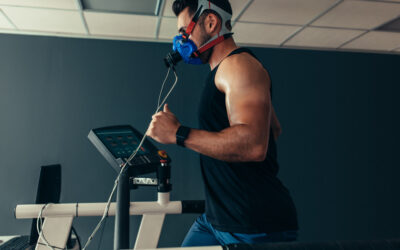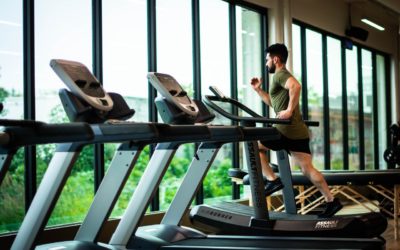Running alone is a challenge but adding different terrain can make it even more of a challenge and rewarding at the same time. The surface you train on can make a huge difference in both your physical endurance and your overall running performance. So what’s best for you? The real answer is switching it up and training on different terrain to help build endurance, gain speed, and allow your muscles to recover properly. Below I’ve provided some on my pro’s and con’s to the different terrain runners can use to train on.
Pavement:
For beginners, asphalt is better than concrete on the joints. Asphalt is a much softer surface and can absorb the impact of our body weight that concrete can not, which means less impact on your muscles and joints. Which overall means smoother runs with less pain or injuries as you continue to train. I would alway encourage runners to try running on the street whenever possible through bike lanes or wide roads to avoid the concrete sidewalks.
Trails:
For the best scenery I would suggest hitting the trials. Trail running can me a nice change of pace for those who live in a City and normally run on the streets. While running on trials runners will notice different muscles being used due to different terrain such as rolling hills, dips, and rocky areas. Due to this the smaller leg muscles begin to start working with the different stride and pace that runners provide while on the trails. These smaller leg muscles are great since they are rarely used on flat surfaces and treadmills. I would highly encourage any runner to start running on trails if they haven’t already started, it’s a great way to have a little fun with your training by adding great scenery, inclines, and mindless thinking.
Grass:
Remember when we were younger and we always played in the grass? Well now it’s time to take it back to our youth and train in the grass. Unlike many other surfaces runners can train and run barefoot in grass to help build their smaller leg muscles on a softer ground. I would always suggest adding grass training into your runs but please don’t over do it due to it sometime leading to plantar’s irritation. Also, I mean who doesn’t love kicking off their shoes and just enjoying the ground and grass between their toes?
Treadmill (Deadmill):
We all have it, a love hate relationship with the treadmill. It’s a controlled and stationary run that typically turns boring super fast with mindless TV watching or people watching. Either way, if you love it or hate it the treadmill is your safest terrain to help avoid injury and undo stress. Additionally runners can help build endurance and strength through different inclines, speeds, and workouts pre-programmed in the machines. Even if you hate the treadmill this option is a great way to increase your training without getting injured or over thinking your runs.
Now with all of these different terrains mentioned each runner is different, each runner is training for something different and each runner has their own goals. Use these different terrains to learn something new, push the limits, and get out of your comfort zone during training session. It’s through these different terrains that runners able to cross-train in a good way, avoid injuries, and of course see different scenery.
To learn more running tips or to schedule your individual running program please follow iRunFit on Facebook and Twitter or contact us!



